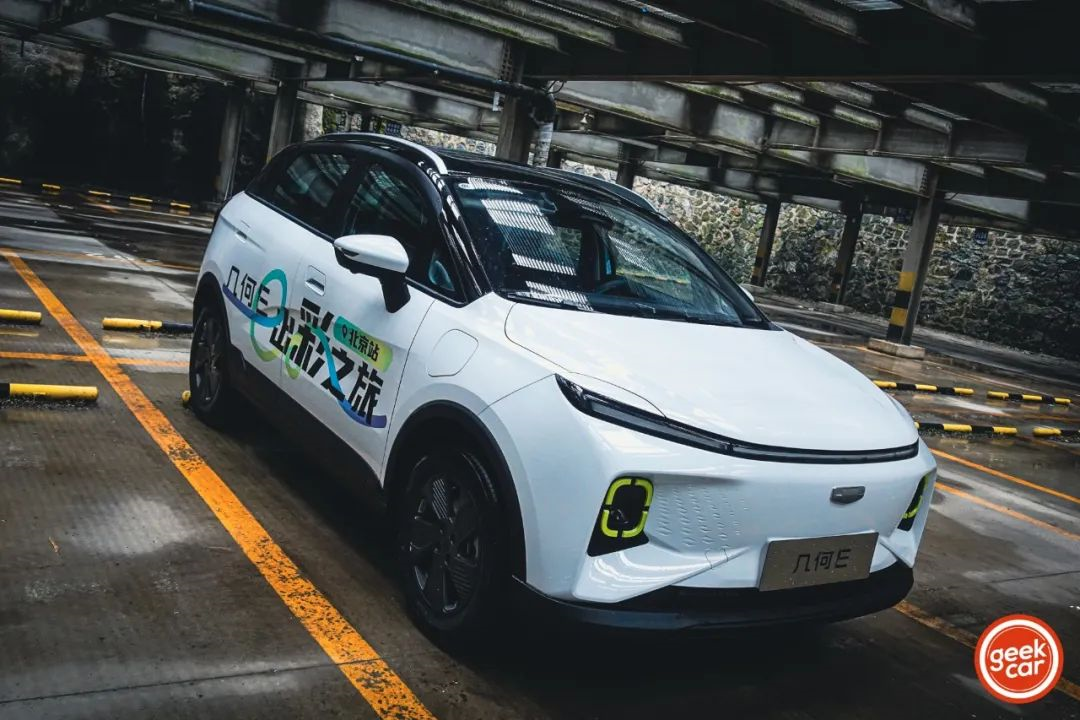Author: Wang Xuan
Whenever I test drive a smart car under 150,000 yuan, I think of the scene where Zhou Hongyi and He XPeng confront each other across the air, and now I only remember one core point, “15,000 yuan is the basic threshold for intelligence, and less than 100,000 yuan is not even smart.”
With the debate of these two big shots in mind, I do not have high expectations when test driving an electric car under 150,000 yuan. This time, the price range of the test-driven Geometry E is between 87,800 yuan and 104,800 yuan, hitting the lowest point of my expectations. However, “True fragrance events” happen frequently in this world, often appearing when you lower your expectations.
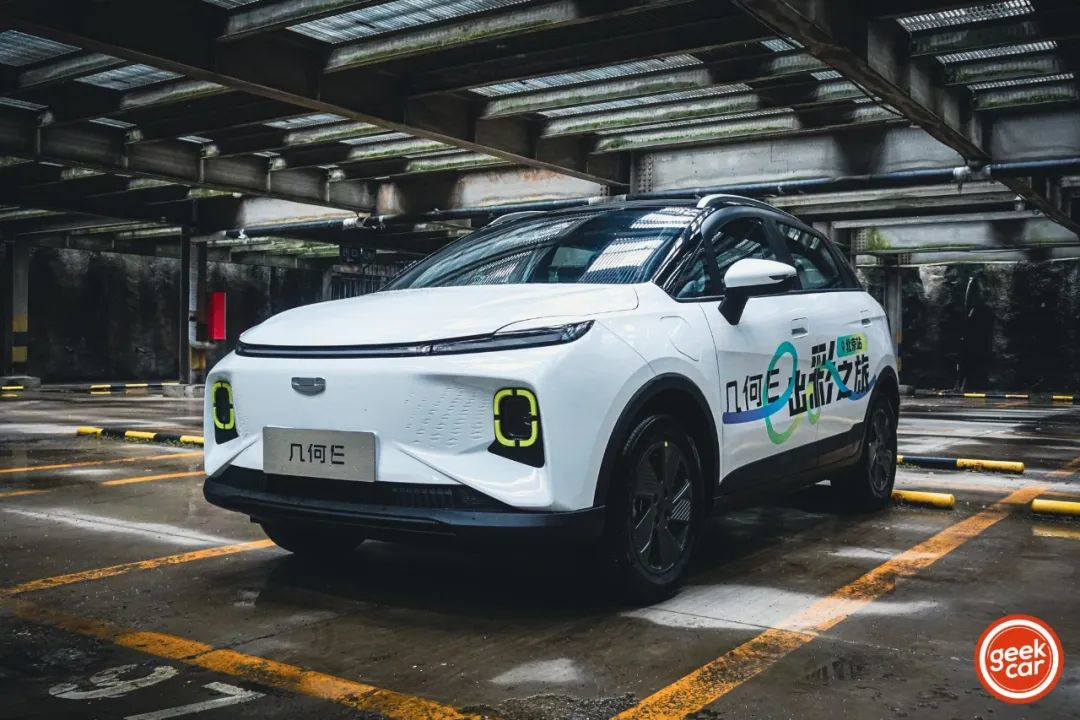
Embracing the strengths of electric cars and rejecting the shortcomings of their range
We must recognize that cost and experience are positively correlated. Therefore, as the old saying goes, “you get what you pay for”. Even so, we still think that some products are more valuable because they know how to make trade-offs in function configuration. The dimensions of Geometry E’s body are 4,006 x 1,765 x 1,550 mm, with a wheelbase of 2,485 mm. It is positioned as a small SUV and aimed at young people.

The advantage of electric cars’ longer wheelbase is also reflected in Geometry E. The problem with small SUVs is that the rear space is too confined, but after experiencing the real car, the rear performance of Geometry E is still acceptable. When I adjusted the driver’s seat to a comfortable driving position, the legroom directly behind is still sufficient, and there is no pressure on the headroom at the same time.

While satisfying the needs of rear space, Geometry E also provides a 295L trunk space, which can fully meet the needs of young people.
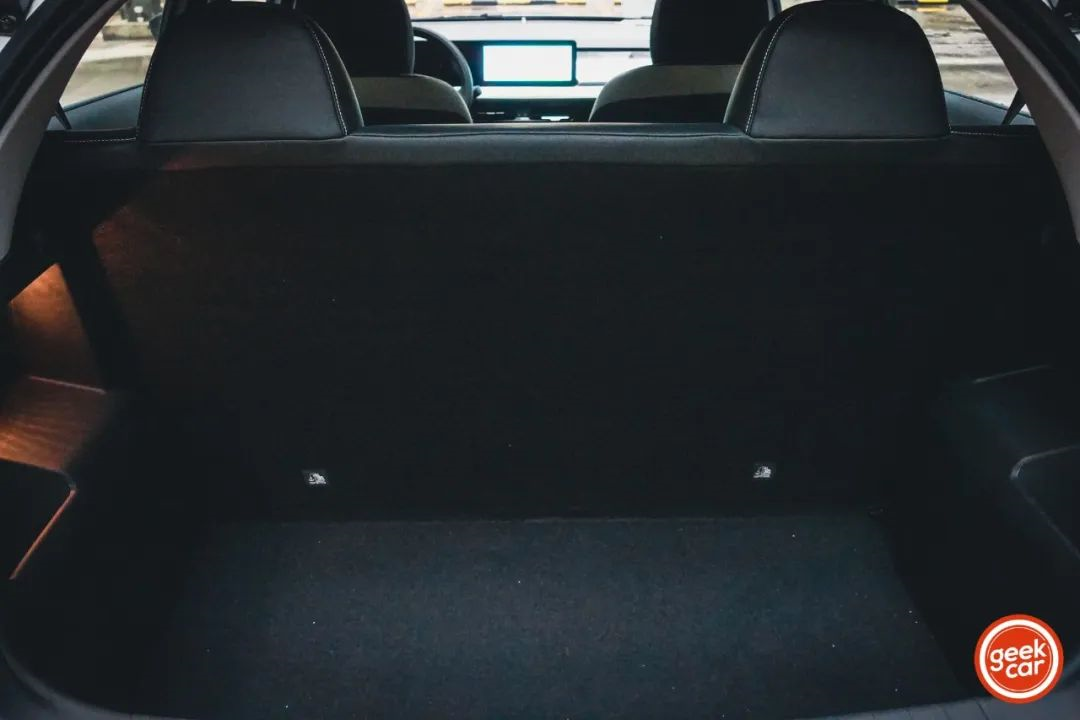
The range is the focus of our test this time. For cost-effective users, their main concern must be the basic ability of an EV, and intelligence is a bonus. However, with a price of around 100,000 yuan, consumers’ psychological expectations will generally shift to basic items. The test model for this review is the Geometry E Thunder version, with a range of 401 km under CLTC working conditions. In addition to this, Geometry E also provides models with 320 km and 380 km of range.The starting point of the test was at Lao Hu’s car beauty shop in Chaoyang District, Beijing, and the endpoint was Tanze Temple parking lot in Mentougou District, with a one-way distance of 67km and a total round-trip distance of 134km. The displayed range was 355km when departing, and there were 207km of remaining battery after running the entire course, with a total consumption of 148km.
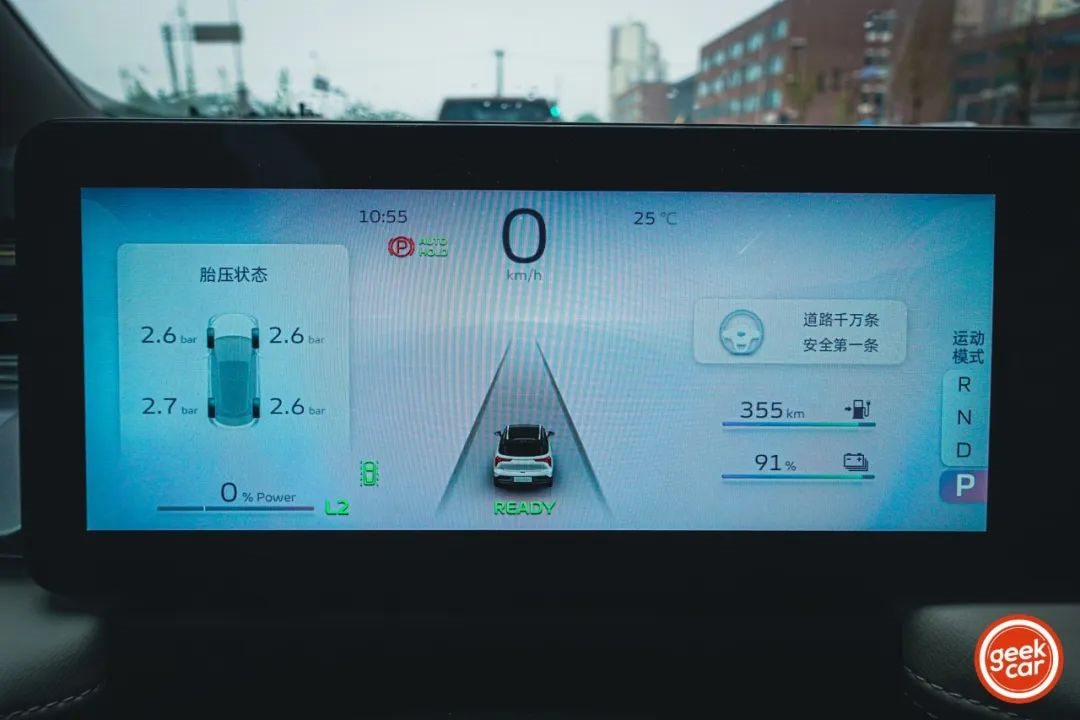
There was a 14km difference between the data and the actual mileage, but the weather in Beijing on the day of the test was heavy rain, which was extremely unfavorable for the energy consumption of electric vehicles.
-
Waterlogging on the road will bring greater resistance;
-
“Hydroplaning” between the tire and the road will cause a decrease in the tire’s grip and an increase in power consumption. On the other hand, most of the route’s scenarios are on the high-speed ring road, and the test started at 10:30 in the morning, not during rush hour, with most of the time spent at speeds above 80 kilometers per hour. Adverse weather can affect the aerodynamic performance at high speeds, thus increasing energy consumption.
Taking all objective conditions into account, the endurance ability of the Geely Geometry is very solid, and achieving a 1:1 ratio of actual mileage to endurance mileage in a non-extreme weather environment is not difficult.

Intelligence: Giving 5 Ten-point Experiences, Rather than 10 Five-point Configurations
In terms of intelligence, the Geely Geometry E also adopts a principle of trade-offs. The Geometry E is equipped with a set of Level-2 assisted driving system, which supports ACC, AEB, LDW, and IHBC. The front monocular camera can recognize up to 25 targets (vehicles, motorcycles, pedestrians) in the space ahead (distance of 150m, recognition angle of 100° horizontally and 33.6° vertically).
I believe that 100,000 yuan cannot support lane keeping and lane change assist functions. Even if they exist, they would be the “Youth version”. In the 100,000 to 150,000 yuan range, I have experienced lane keeping assisted driving systems, and the experience is hard to describe in words. Rather than having users “draw dragons” within the lane, it is better not to give users this function. Therefore, on this matter, Geely was very clear.
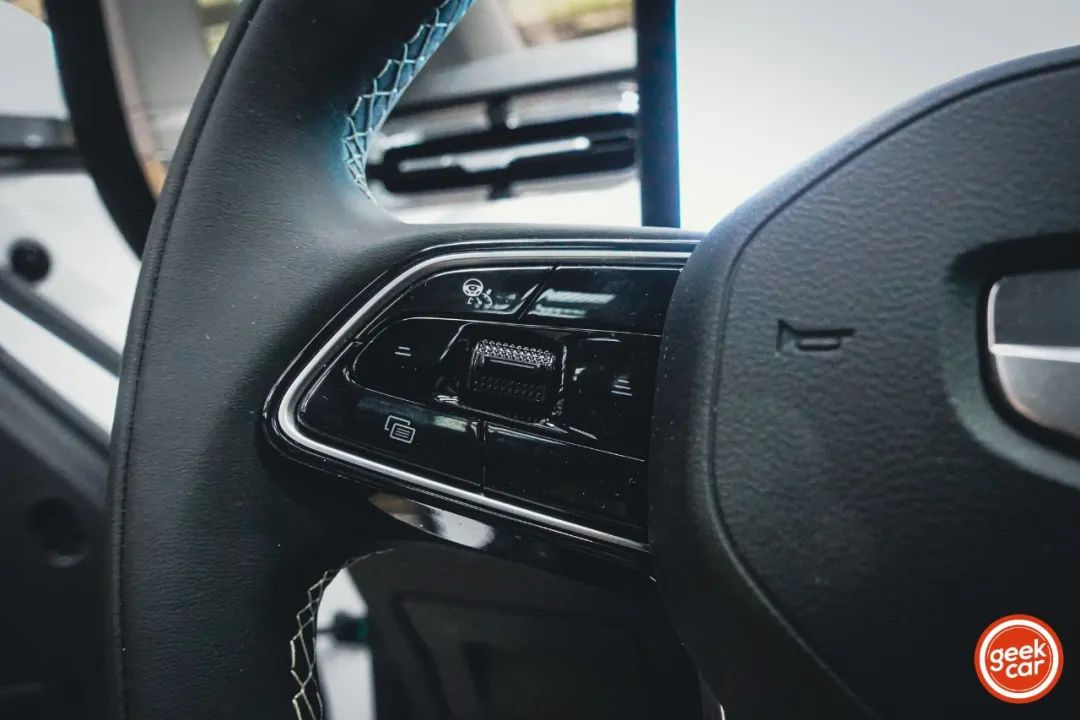 So how does the already-launched features perform? There are some details to share with you. Firstly, the lane departure warning. As we mentioned earlier, it was pouring rain during the test drive, and adverse weather is not friendly to vision-based ADAS systems, especially in recognizing lane markings. Therefore, I deliberately tested it 10 times by getting close to the lane markings to see if the lane departure warning would be triggered. The result was 10 times with a prompt.
So how does the already-launched features perform? There are some details to share with you. Firstly, the lane departure warning. As we mentioned earlier, it was pouring rain during the test drive, and adverse weather is not friendly to vision-based ADAS systems, especially in recognizing lane markings. Therefore, I deliberately tested it 10 times by getting close to the lane markings to see if the lane departure warning would be triggered. The result was 10 times with a prompt.
The second point is the ADAS visualization function. After I turned on the ACC function, I found that if the lane in front changed to a large curvature bend, the lane markings in the ADAS visualization interface would change as well. And the ADAS function can project the recognized lane markings onto the visualization interface. For example, when I was driving on the far-left lane, the left side was a solid line, and the right side was a dotted line, and the lane marking information displayed on the instrument panel was the same as reality.
Through the above two details, the Geely E seems to be telling the driver, “I can see clearly, you can use it with confidence,” while also showing the Geely E’s ability in intelligence. Cost issues make some functions unable to be launched, but for those that are launched, they can provide a good user experience.
As for the intelligent cabin, the interactive hardware includes two 10.25-inch high-definition screens, a dashboard screen, and a center console screen, visually appearing as if it was one large screen. The interaction methods are touch and voice.
The first point to be mentioned is the Geely E’s voice capabilities, which is equipped with the iFLYTEK 3.5 Generation Intelligent Voice System. We cannot expect a car priced at 100,000 yuan to have all the functions inside the cabin controlled by voice, achieving “see it, say it.” However, since we have given users the voice function, the recognition rate must be a key factor to consider.
We tested the voice recognition rate by saying “Navigate to Mando Village, Ganqika Town, Keerqin Zuoqi, Inner Mongolia Autonomous Region,” which is a very tongue-twisting sentence. The result was the system accurately recognizing it three times. At the same time, the car navigation map is equipped with a search button for charging stations, where nearby charging station’s status can be checked with one click.The car system provides scene modes, but lacks an open ecosystem and an app market. This can be easily understood since the resolution and size of the Geely Geometry E’s car screen is designed to match the hundred-thousandth level positioning. Even if the car system has video applications, the experience is expected to be average. Therefore, to simplify, more space is allocated to the main applications. In terms of audio, the Geely Geometry E integrates commonly used entertainment applications such as Himalayan and Kuwo Music.
Product Highlights
In addition to the basic and intelligent functions of the electric vehicle, the Geely Geometry E itself has several highlights.

The interactive lights designed in front of the vehicle’s central control console support the welcoming light language effect of unlocking, opening the door and getting on the car, and three welcoming light effects: Dawn light, Colorful Aurora, and Swift Electric Current.
It supports breathing display during charging and discharging, and switches display colors according to battery SOC (extinguishes after 5 minutes of charging, displays welcoming effects first during the charging process, and then displays charging indication, red for 0-30%, blue for 30%-80%, and green above 80%), catering to the preferences of young consumers.
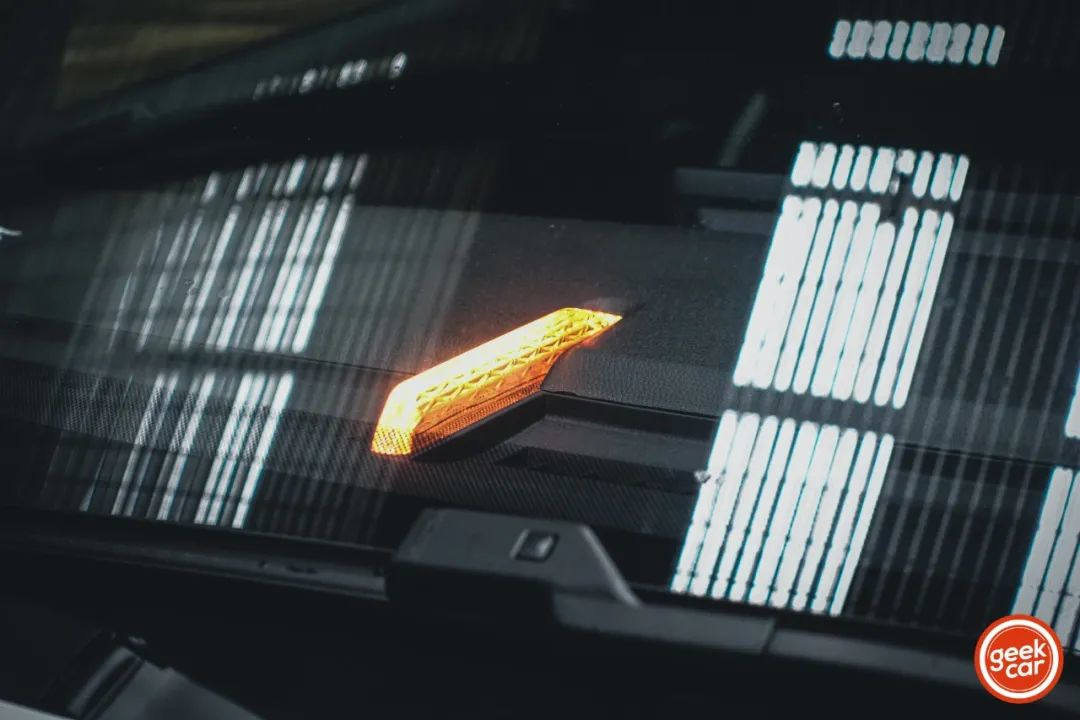
The bias-free getting on and off experience is a very practical design. When the user sets the navigation route and selects the playlist on the car system, if they get off halfway and then return to the car, the navigation route and playing music will continue.
Conclusion
On the Geely Geometry E, it is clear that the core rule for creating mid-to-low-end intelligent electric vehicles is to understand what the target user wants and to perform “cutting the clutter” on functions. Instead of becoming a mediocre product that “has it all” but presents a mediocre experience, it is better to make outstanding experiences on several commonly used functions.
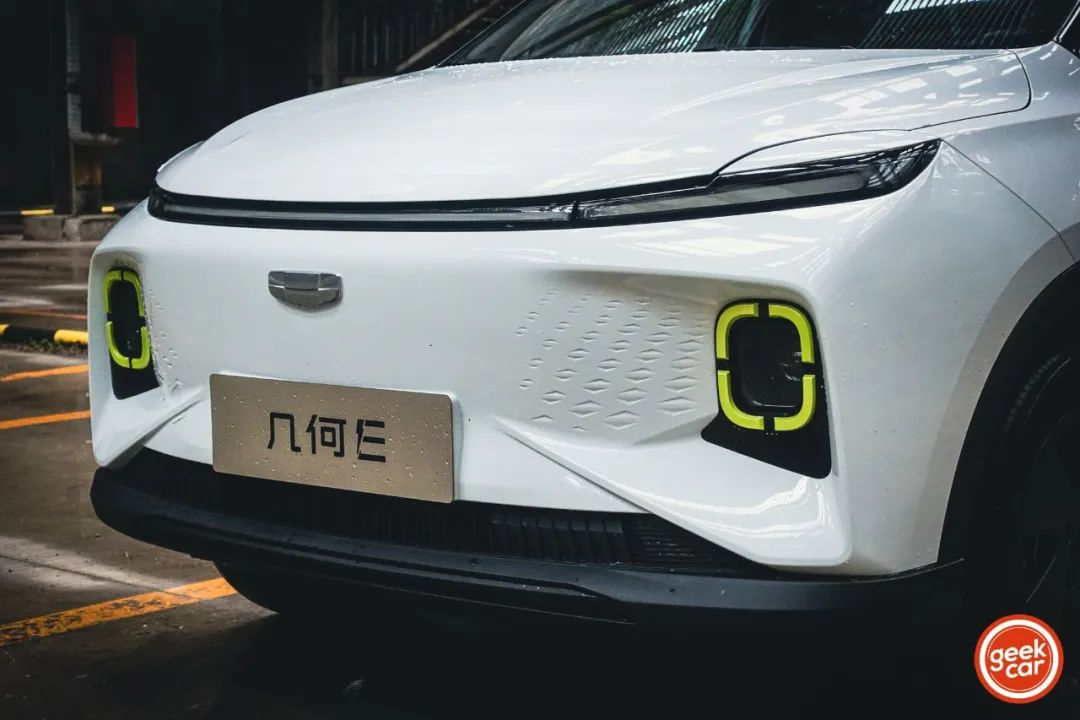
This article is a translation by ChatGPT of a Chinese report from 42HOW. If you have any questions about it, please email bd@42how.com.
